The episode of WTF Happened to This Horror Movie? covering The Texas Chainsaw Massacre was Written, Narrated, and Edited by Mike Conway, Produced by John Fallon, and Executive Produced by Berge Garabedian.
The video which you are about to see is an account of a small group of filmmakers in the area of Austin, Texas in the summer of 1973. Their intent was to make a motion picture which was unlike anything ever seen. For them, the idyllic summer shoot became a nightmare from the low budget, sweltering Texas heat, and the treacheries from fraudulent investors. The events of that summer were led to the release of one of the most terrifying films in the annals of cinema history, The Texas Chain Saw Massacre (watch it HERE).
Have you ever had a conversation with friends or even made the occasional Google search on what would be considered the scariest movie of all time? At a VERY young age, that would be a question I would often ask my older siblings. I would get answers like The Exorcist, The Amityville Horror, The Shining, The Fog, Halloween, etc. And I would seek these hoping to find one that would challenge myself to keep me up at night. However, there was one which wasn’t suggested to me, and I happened to find it in my sister’s room in a Blockbuster case with a big sticker which said YOUTH RESTRICTED VIEWING, followed by the most intriguing name I’d ever heard at the time… The Texas Chain Saw Massacre. I didn’t see the movie then, but that restricted sticker felt so forbidden, that I HAD to seek it out. A couple years later, I did… but more on that later.
For now, be wary of any hitchhikers on the way to the slaughterhouse as we dive into The Texas Chain Saw Massacre.
The concept for the film came from the mind of Texas native, Tobe Hooper. Hooper was born in Austin, Texas to parents who ran a hotel business in the regional area, and would often move from hotel to hotel. There, he would frequent movie theaters which would act as a temporary babysitter. His love of movies would lead him to picking up his father’s 8mm camera and at the age of 16, he made his first sound film. At that moment, he realized he wanted to be a filmmaker… something I can heavily relate to myself, having made several short films on a VHS camcorder I purchased from a pawn shop while in high school. He would go on to teaching at the University of Texas in Austin and make several documentaries, one of which was on Peter, Paul and Mary. But documentaries weren’t enough for this movie buff and he took a shot with his first feature film, the experimental hippie film Eggshells in 1969. Eggshells mainly was shown throughout universities, as many experimental films at the time would tend to do, but he wanted to aim even higher. He wanted a film that would be his calling… one which would get his name out in Hollywood.
For many first-time filmmakers, especially those working with basically no budget, the easiest genre to take on is horror. With horror, you don’t need stars or a big budget. Just a good story and a little expertise in movie making. And that’s exactly what Tobe Hooper had. From studying films at a young age to picking up his first camera… his life led to this moment. Inspired by the true events of Plainfield, Wisconsin murderer Ed Gein, as well as the graphic violence portrayed from local news outlets, Hooper and Eggshells co-writer Kim Henkel began crafting the story under the names Headcheese and Leatherface. It wasn’t until after shooting, that the title would be changed.
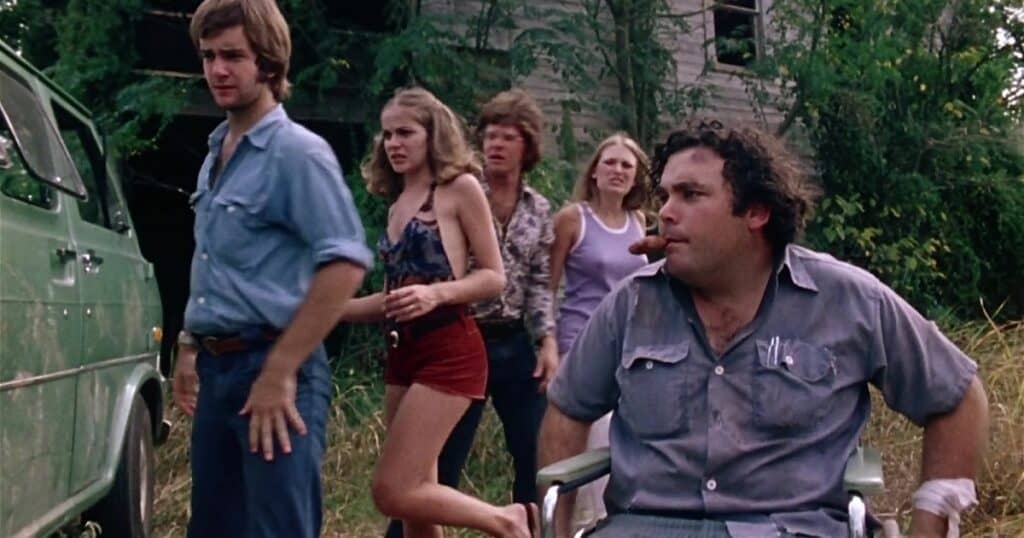
The film follows a group of friends, Sally and her brother Franklin, her boyfriend Jerry, and their friends Kirk and Pam, traveling through rural Texas to investigate the possible vandalism of Sally and Franklin’s grandfather’s grave. Along the way, they encounter a crazed hitchhiker who ends up cutting Franklin with a knife. After kicking him out, and running low on gas, they stop off at a local run-down gas station and BBQ joint. While waiting for the gas tankers to show up to refuel the pumps, the gang head to Sally and Franklin’s old family homestead, going against the advice of the owner of the gas station. Upon investigating the house, they soon realize something terrible has happened there and they aren’t alone. Suddenly, one by one, they are attacked by a chainsaw-wielding maniac known to us as Leatherface, a brutal, hulking man who wears the skin of his victims as a mask. He is accompanied by his cannibalistic and psychotic family, including the deranged hitchhiker, who aid him in his work.
When writing the story, they wanted to focus on the attention on how dysfunctional America had become. Horror at the time had begun to age out of the standard spooks and ghost stories and invaders from outer space to acting as a commentary on the state of the world. Night of the Living Dead helped set the precedence on this new wave of filmmaking by not setting it in the past, but rather the present with the horror reflecting as a criticism on the rage people felt in the 60s. This paved way to other low budget and grimy horror films to give their ire message such as Wes Craven’s The Last House on the Left. But Hooper and Henkel wanted to take their film a step further by having an even greater terror happen in their home state. With Texas being so spread out, they felt like anything could happen in the more rural parts of the Lone Star state.
Together, the two men created Vortex, Inc to handle to production side of the film and with the help of a friend, formed MAB to handle all investments. Bill Parsley, a friend of Hooper’s, ran MAB and invested $60,000 into the film, and in return the rights would be split fifty-fifty. And it would have distribution secured by Bryanston Distribution. We’ll come back to that in a minute.
With funds secured, next up was gathering up his cast and crew. At the time, Hooper was one of the few filmmakers in Austin who had actually made a feature film, so naturally, the locals would be eager to work with him. Marilyn Burns, who appears as the film’s final girl Sally, was on the film commission board in Texas and had been trying to bring in more productions to be made in the state. And when she found out this young guy who made a little film called Eggshells was prepping a horror picture, she jumped right on it. With most of its cast in place, the next one to cast would be one of the most iconic characters to ever grace the screen.
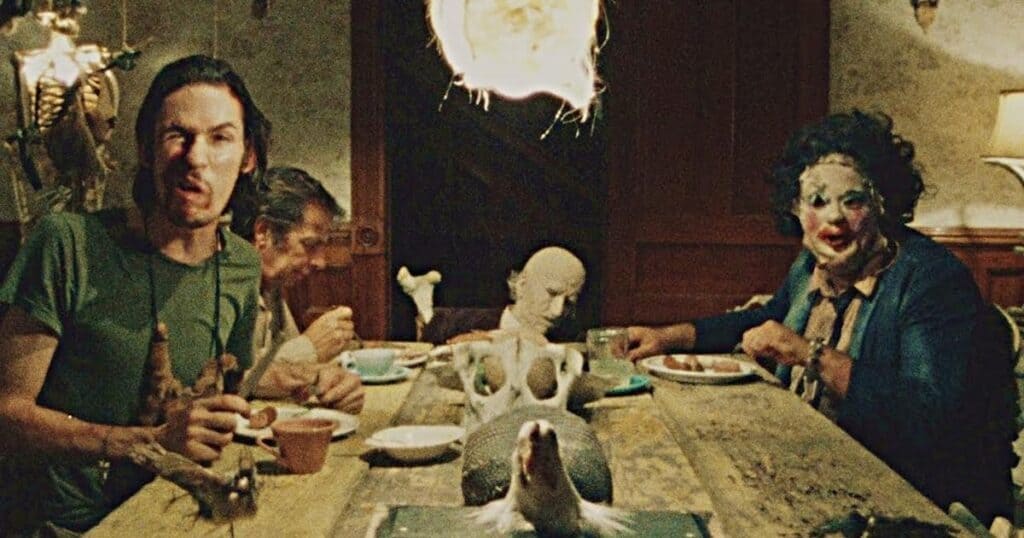
What makes a great cinematic villain is not only the way the character is written, but also how the character is portrayed on screen. Imitators can be memorable, sure, but mostly that memory would last for the 90 minutes you spend on the film and maybe on your drive home. But the greats are the ones people talk about decades later. Freddy, Jason, Chucky, Ghostface. The ones you proudly wear on your t-shirts or have tattooed on your skin. Leatherface is no different, and it was Gunnar Hansen’s understanding of the character that really made it work. But it almost wasn’t the case. Fresh out of graduate school at the UT Austin, Hansen learned of a horror film being made in his town and decided to audition. Even though they thought he was perfect for the role, unfortunately the role had already been cast. Weeks later, while walking through town, Hooper bumped into him and informed him the actor who was chosen was drunk in a hotel room and wouldn’t come out. Seeing as they were desperate and running out of time, Hansen took the role. He saw Leatherface more than just some psychotic killer. Yes, he is the biggest, the strongest and most violent, but he also saw him as the most frightened character. A man with an intellectual disability who had been probably abused by his family to assume a more feminine role. So naturally he freaks out when these random strangers enter his home. After having long conversations with Hooper, Hansen spent a couple days at a local school for those with special needs and studied how they walked and moved.
Lastly, while some of the cast had a slight boost in their careers due to this film, one ended up having a lasting career in film and television… the narrator John Larroquette. Larroquette at the time of filming was a radio DJ in Hollywood and ended up providing the narration to the opening scroll for the simple payment of marijuana, which makes me wonder if that was still his payment for the other times he has provided narration for other films in the series.
Filming went underway in August of 1973. Having lived in that area for five years with a car with no AC, I can tell you the heat in Texas is no picnic. And those problems would plague the cast and crew. Due to its extreme low budget and the cost of equipment rentals, filming had to go underway for seven days a week with about 16 hour days. The bus driven by the core group of friends belonged to sound recordist Ted Nicolaou, which was purchased by him to carry more equipment in hopes more jobs would come. Since his van was there every day, he agreed to rent the van to Tobe for the shoot. The cramped and enclosed set only added to the frustrations due to the scorching heat. As for Hansen, the low budget meant there was only one costume for Leatherface. So, to keep continuity for the grime and blood on his costume, he was not allowed to wash it. 12 to 16 hours a day for a month wearing the same costume… you can see where I’m going with this.
Another thing the film excels at is the set decoration from both casting director and art director Robert A Burns. His commitment to the film was so remarkable that the shot you see of the armadillo roadkill happened to be a happy accident. Originally, the script called for a dead dog, but while driving, Burns saw this armadillo on the side of the road and took it home. He then got a book on taxidermy and tested it out. He would also gather up remains from deceased cattle on various farms. Dorothy Pearl, who handled makeup, used to work for a veterinarian, and knew of boneyards for other animals. Using all his resources, Burns designed all the pieces seen, including the infamous mask donned by Leatherface. When you watch The Texas Chain Saw Massacre, you may walk out thinking you had seen a non-stop brutal gorefest, but in reality, there is very little blood. For instance, when Pam is being hung on the meat hook, the camera cuts away and only imply the hook went through. This was all because of Burns, as he suggested if you show the trick, audiences would want to know how you did it. It’s the classic “less is more” here and leaving everything up to imagination. In fact, Hooper would get in touch with the MPAA to see how he could get away with certain things to achieve a PG rating.
Heat was not only the problem with the shoot. Again, low funds required real props being used. Yes, a real chainsaw, a very real hammer which actually struck one of the actors by accident, and Marilyn Burns being tied to a chair at the dinner scene. That particular scene ended up being a 27 hour shoot due to they were losing one of the actors to another film and running out of appliances for the grandfather played by 19-year-old John Dugan. The room had no ventilation, with curtains blocking the windows to prevent light from shining in, and had real food placed on the table which would begin to rot. Top that off with the stench from Hansen’s costume and frantic acting would easily make it an uneasy situation from anyone. To all my fellow future filmmakers out there, do NOT follow the steps taken making this film.
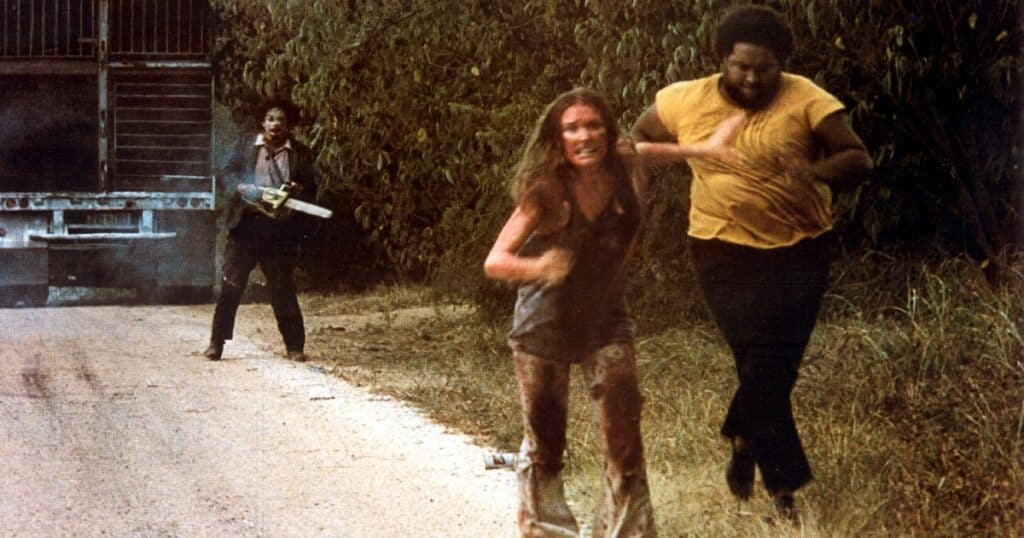
On top of that, no one was getting paid. Prior to filming, the production manager promised the cast and crew points from the share of profits made from the film. However, no one realized half of the shares from Vortex had been sold to MAB, meaning their shares would only be half as well. With Paul A Partain, who played Franklin, when it came to his final shot of him rolling down the hill off his wheelchair, he refused to do another take until he was paid what he was promised. If not, they would have to hire someone else. So, they cut him a check then and there, and when you see him tumbling down the hill, there’s a check in his front pocket of his pay in full.
So, the filming was grueling and seemingly unprofessional, but we all know how the film became a big success and had a happy ending, right? Well, let’s jump back to Bryanston distribution. After almost a year of editing and sound mixing, and a ballooning of the budget which resulted in more percentages taken from Vortex, Hooper began showing the film to several distributers who all passed on the project. One of the few distributers offered to buy the film on the spot, Bryanston Distribution headed by Louis Peraino. Why is that name important, you may ask yourself. Well apart from distributing films like Deep Throat, Peraino was one of the sons of the Colombo crime family, a known mafia.
Bryanston did indeed release the film which would become a huge success, for Bryanston anyway. However, the cast and crew were watching all these numbers being brought in, hoping to expect a hell of a pay day. But, due to Bryanston’s false reporting of actual profits and the constant sell in shares of Vortex , which the cast was promised, their checks didn’t amount to much. Gunnar Hansen’s first check amounted to $47. So naturally, the filmmakers sued. However, by the time of suing, Bryanston was going into bankruptcy and ended up settling out of court until the rights were sold to New Line Cinema, who eventually paid the producers more.
The Texas Chain Saw Massacre in itself is a piece of cinematic art, one that is now preserved in the American Film Archives, but its art definitely came with a price of sanity during production. No other film came close to it before and there have been many imitators, sequels, remakes, reboots and a requel, but none of them come close to the passion and rawness behind this film.
So how did I finally see it? As a kid, there was this local mom and pop video store in a small town in South Carolina that didn’t give a damn what titles they rented movies to a child. Once I found that out, the first film I checked out was this very movie. The one I was told by Blockbuster I was forbidden to see. My best friend and I had to hide this from our parents and the only place we knew no one would find us was a local church we had the keys to. That’s right, my first experience with a film which claimed to chronicle one of the most bizarre crimes in the annals of American history was in a church. And to this day, I still stand by my statement it is indeed the most horrific, yet absurdly funny move to ever exist. So, I ask you, fellow viewers. Where were you when you first watched this film? Do you consider it one of the scariest movies ever made with often overlooked black humor, or just a film of its time?
A couple of the previous episodes of WTF Happened to This Horror Movie? can be seen below. To see more, head over to our JoBlo Horror Originals YouTube channel – and subscribe while you’re there!


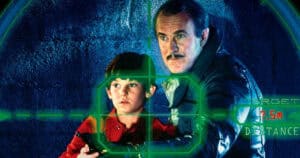

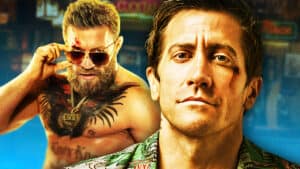
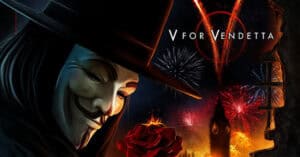

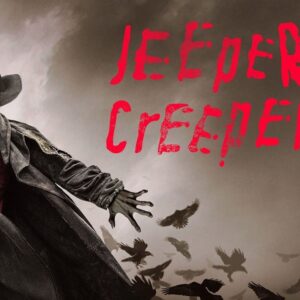
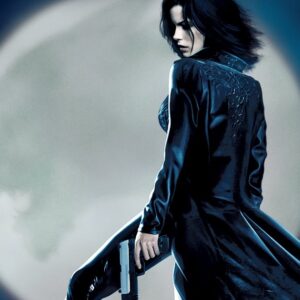
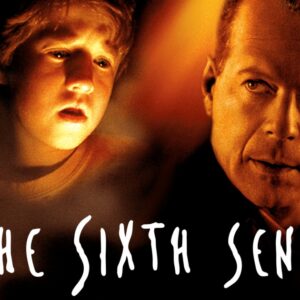
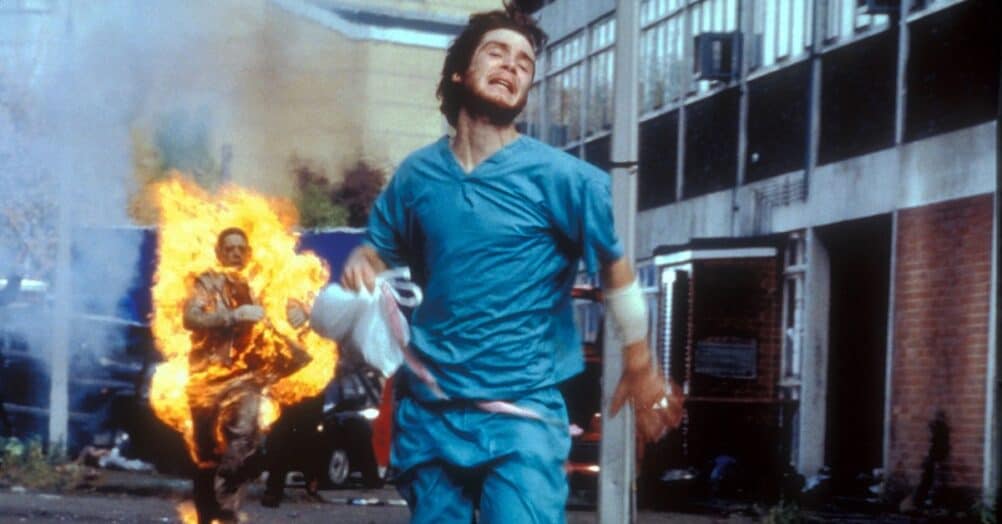
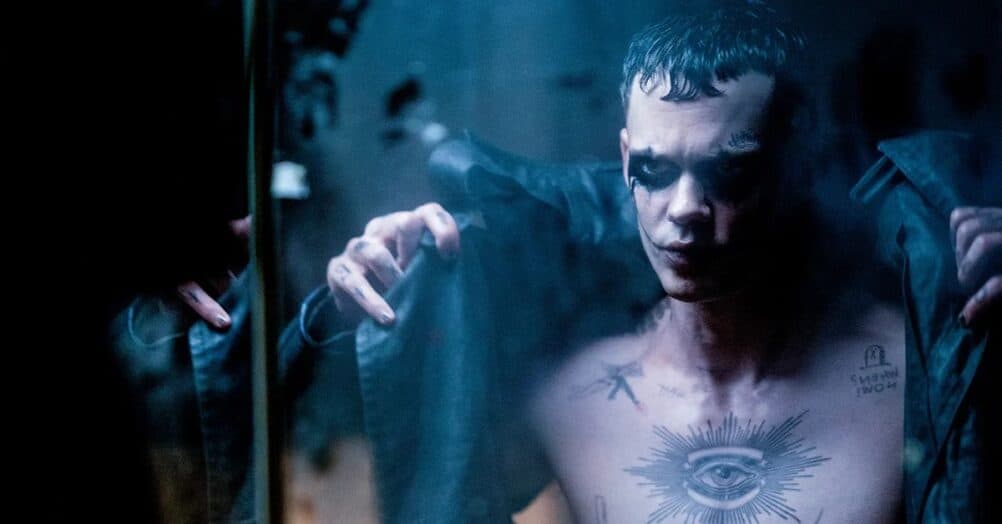
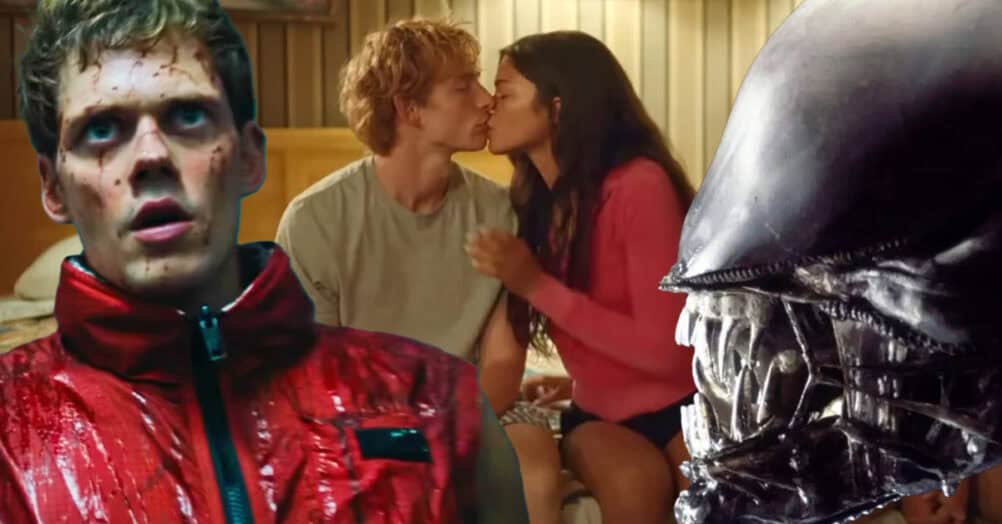

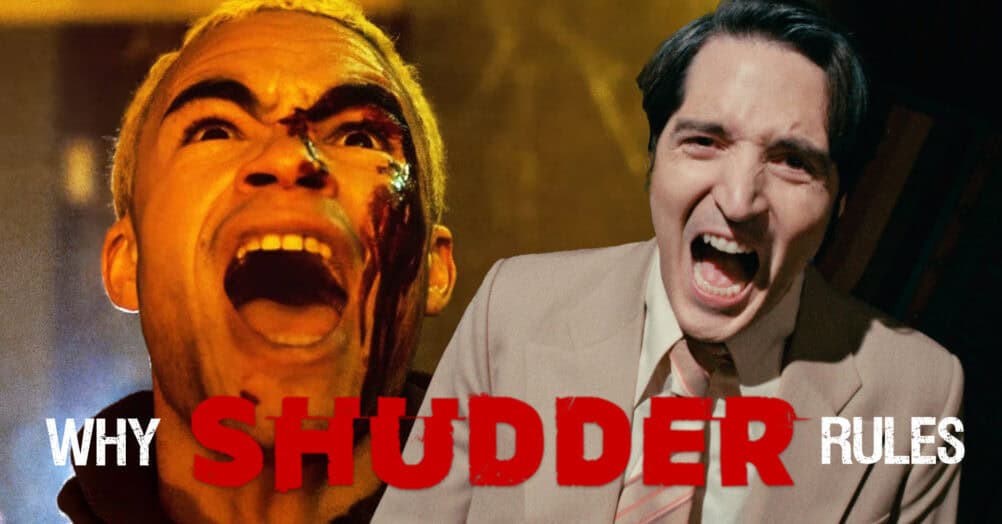

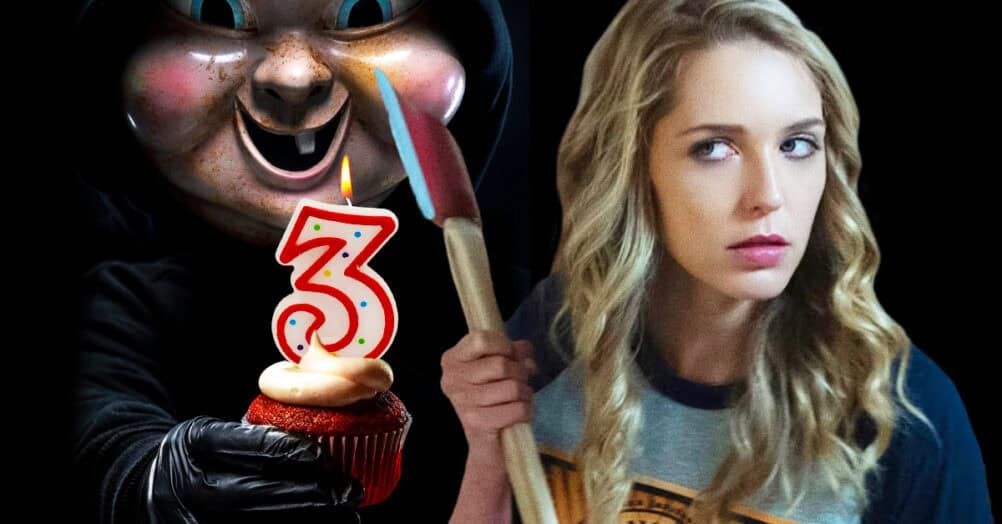
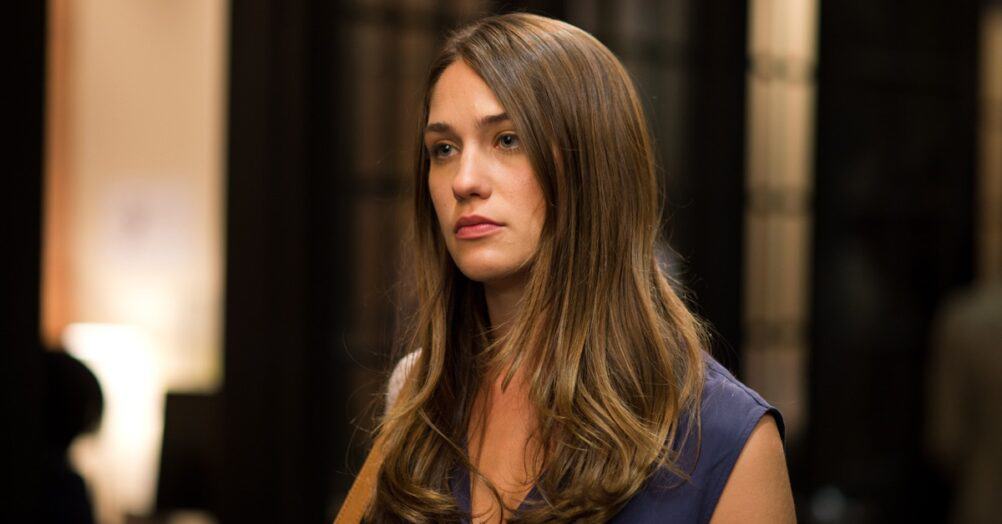
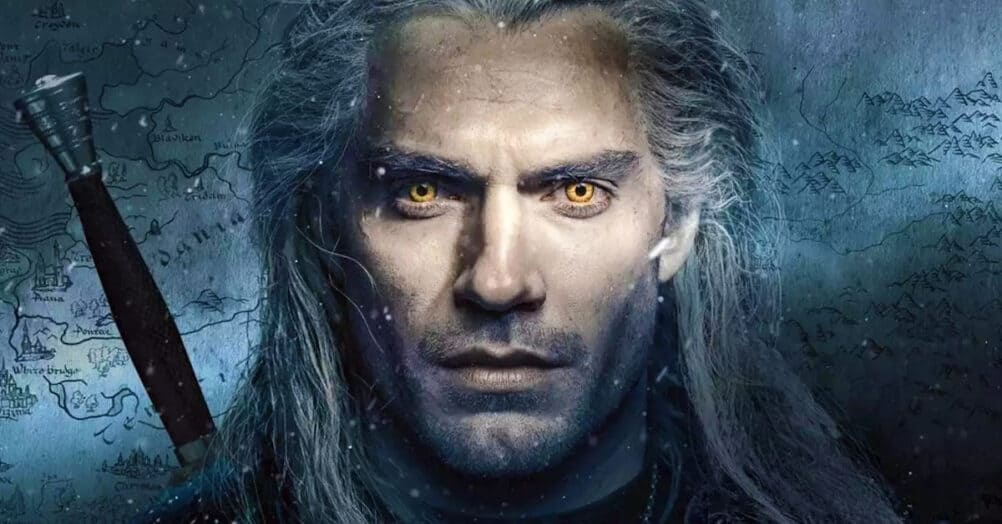
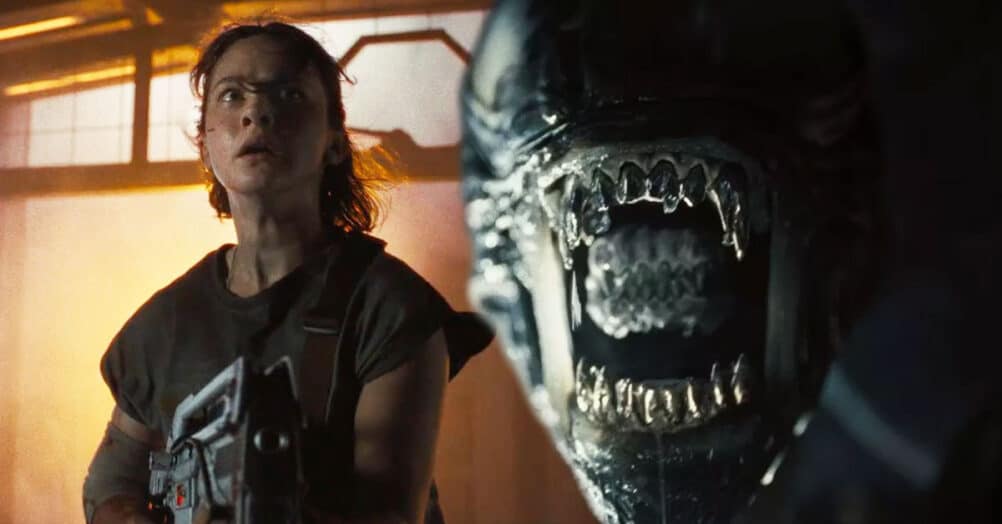
Follow the JOBLO MOVIE NETWORK
Follow us on YOUTUBE
Follow ARROW IN THE HEAD
Follow AITH on YOUTUBE